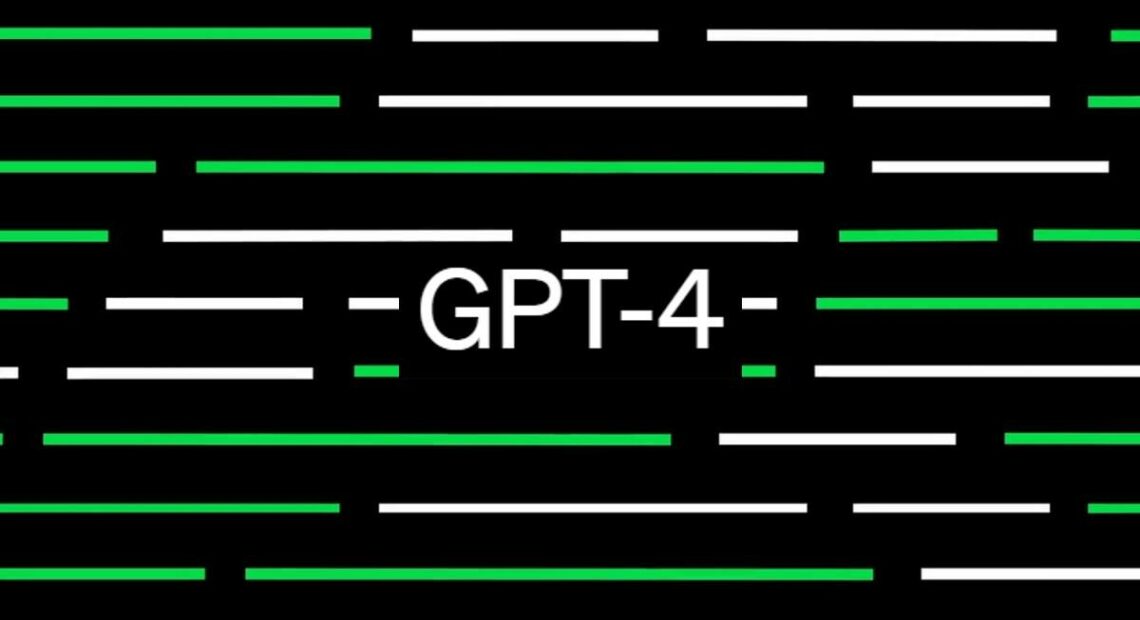GPT-4 vs ChatGPT: How superior is OpenAI’s latest product?

With the release of GPT-4, OpenAI, the company that developed ChatGPT, has announced the next significant development in the development of AI. This new design is thought to be an improvement in practically every way. Compared to GPT-3.5, which runs the ChatGPT, OpenAI asserts that it can provide “human-level performance” and handle challenging issues with higher accuracy. This is as a result of its more comprehensive general knowledge and problem-solving skills.
GPT-4’s capability to receive photos as inputs and produce descriptions, classifications, and analyses is one of its primary characteristics. Users can send GPT-4 photos and receive responses based on the images. Also, compared to its predecessor, GPT-4 can consume and analyse substantially longer texts, with the capacity to use over 25,000 words of text.
What is GPT-4?
GPT-4 will be a further evolution of OpenAI’s language model architecture, building upon the successes of its predecessor, GPT-3. GPT-3 is a state-of-the-art language model that has demonstrated impressive performance on a range of natural language processing tasks, including language translation, question-answering, and text generation.
Given the rapid pace of innovation in the field of AI and natural language processing, it is likely that GPT-4 will bring even more advanced features and capabilities to the table. However, until more information is released by OpenAI about GPT-4, it is difficult to say with certainty what specific improvements or advancements it will bring.
Based on the advancements made in the development of previous versions of the GPT language model, it is reasonable to expect that GPT-4 will bring significant improvements in terms of its ability to understand and generate human-like language. The GPT-3 language model, which I am based on, has already demonstrated remarkable capabilities in tasks such as language translation, summarization, and question-answering, among others.
It is important to note, however, that the superiority of a language model like GPT-4 or ChatGPT would depend on the specific application and the quality of the training data used to develop the model. The effectiveness of a language model in a particular task would depend on factors such as the complexity of the language used, the size and quality of the training data, and the computational resources available.
Ultimately, both GPT-4 and ChatGPT are powerful language models that are designed to assist with a wide range of natural language processing tasks, and their effectiveness will depend on the specific use case and the quality of the data they are trained on.
Picture Courtesy: Google/images are subejct to copyright








